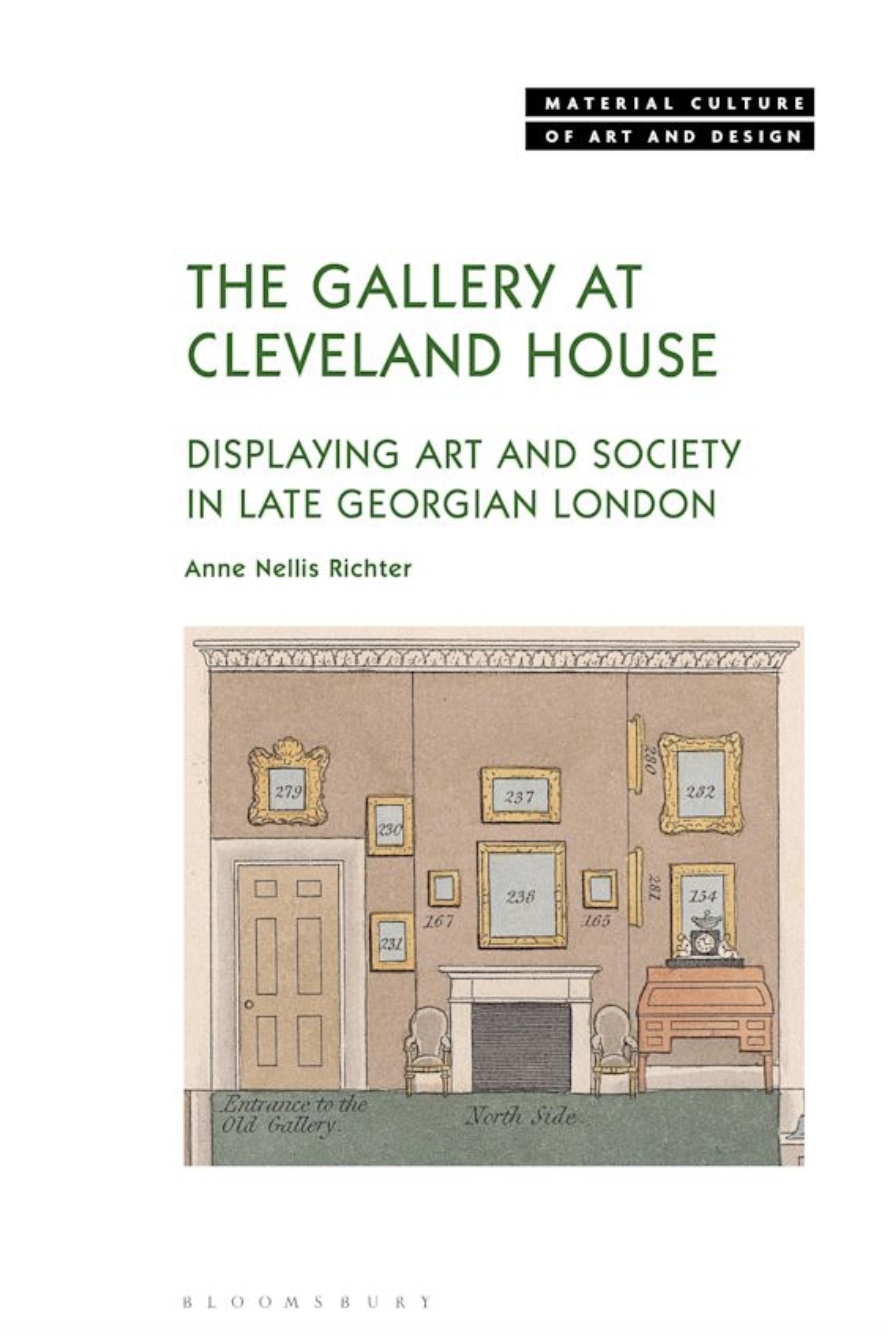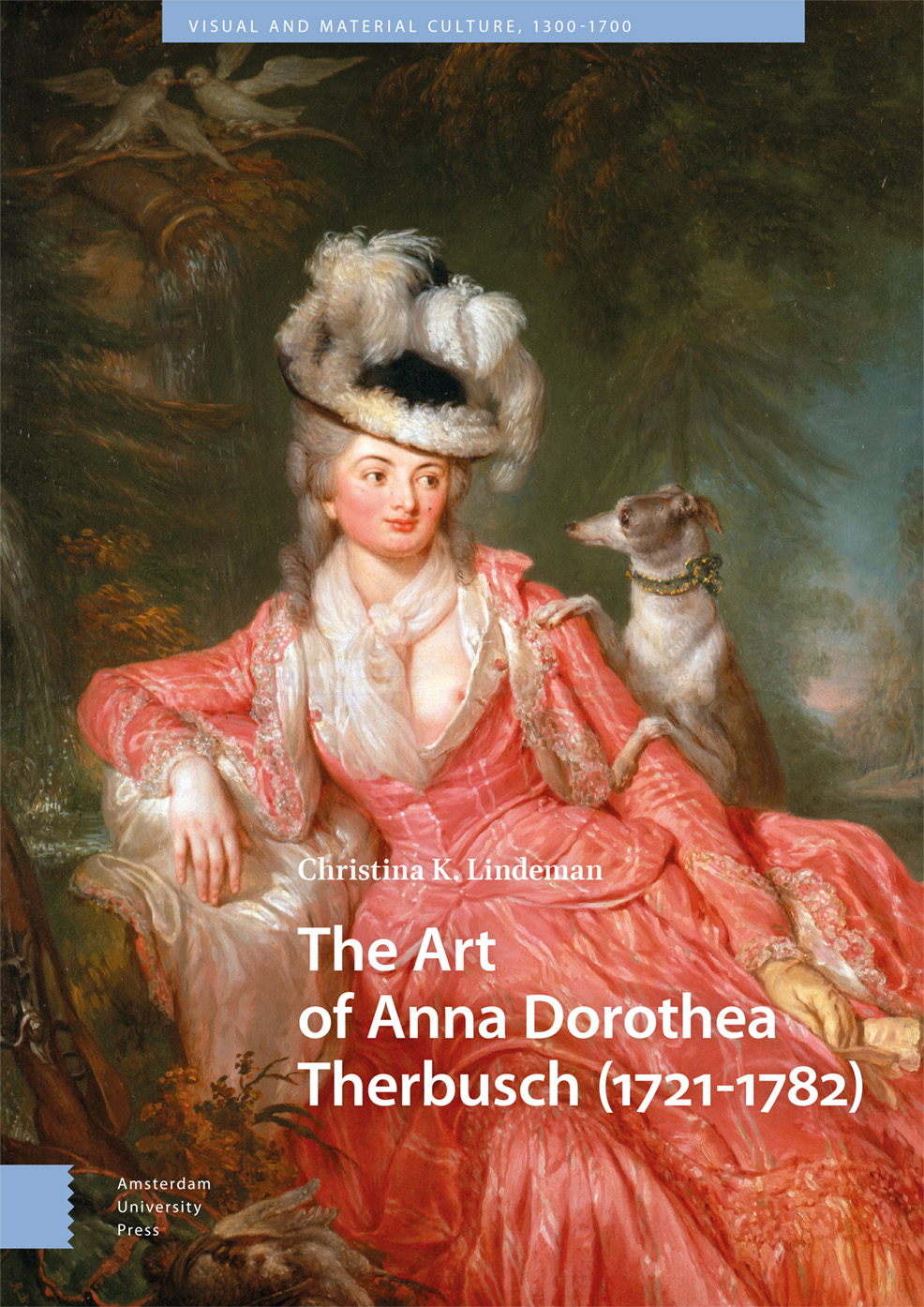Call for Essays | Spaces of Work and Knowledge
Spaces of Work and Knowledge in The Long Eighteenth Century
Proposals due by 15 September 2012
Abstracts are invited for proposed submissions for publication in a forthcoming collection of essays based on the proceedings of the Spaces of Work 1770-1830 conference held at the University of Warwick April 2012. The publication will follow the broad themes of the conference, but is expanded to include articles focusing on any time within the Long Eighteenth Century, and beyond being focused on Britain to include all geographical locations. Further, the overall headings of ‘space’ and ‘work’ are to be examined in relation to forms of knowledge, broadly conceived.
We are particularly interested in interrogating under-analyzed types of work and space. For example, we hope to develop the theorization of types of work that critics have not conventionally understood as ‘work’ (the performance of music as practical activity, for instance). We also aim to bring attention to under-analysed spaces. For example, due to Romanticism’s traditionally rural focus, literary critics of this period have only recently begun to interrogate urban spaces; interdisciplinary discussion of urbanism in this period would therefore be particularly valuable.
In terms of knowledge, we are particularly interested in forms of knowledge often essentialized and therefore not understood as knowledge as such. The traditionally male knowledge of utilising a commanding voice and demeanour to assert a seemingly innate authority, for example; or the traditionally female knowledge of being able to correctly ascertain the freshness of produce. We aim to elucidate the complex nuances of the interfacing of work, space, and knowledge as three factors that fundamentally shape everyday life in order to gain a greater understanding of material life in the period.
Possible questions which articles might tackle could include:
· How do workers and their work uniquely shape space?
· How does space facilitate or hinder workers and their work?
· How is knowledge acquired, employed, or altered by types of work and working locations?
· How do the social relationships between workers and their supervisors/masters alter according to the work they are doing and the spaces in which they perform it? How does the knowledge encoded in levels of expertise affect the dynamic between supervisors and workers?
· How is knowledge encoded in gender, race, and/or class across working space?
Possible approaches could include, but are not limited to: genteel work and the city; the work of acquiring the necessary knowledge for genteel status; work in spaces of ‘leisure’ and the forms of knowledge encoded therein; work, knowledge, and (sub)urban domestic spaces; gendered working knowledge in the home; space and female accomplishment and the forms of knowledge encoded; working knowledge in relation to emergent manufacturing/industrial spaces.
Pickering & Chatto have expressed an interest in publishing the collection. The exact word length may change, but we expect articles will be approximately 8000 words in length. Abstracts for proposed articles should be 500 words in length, and be submitted no later than 15 September 2012. Please send abstracts to spacesofwork@gmail.com
Conference | Castles and Manor Houses in the Baltic Sea Region
From the Verband Deutscher Kunsthistoriker:
Castles and Manor Houses in the Baltic Sea Region: Components of a European Cultural Heritage
Greifswald, 3-6 October 2012
The post-medieval castles and manors, up to the present, are a central piece of the cultural landscape of the Baltic Sea region. They are spread over altogether 10 countries: Germany, Poland, Russian region Kaliningrad, Lithuania, Latvia, Estonia, Finland, Sweden, Norway and Denmark. The central theme of the symposium (Schlösser und Gutshäuser in der Ostseeregion: Bausteine einer Europäischen Kulturlandschaft) will be the characteristic architecture of castles and manor houses in the Baltic Sea region from the early modern period to the present. Furthermore the symposium will focus on history and cultural history. The functional, sociological and political differences and similarities of the manors of the landed gentry in the different countries will be analysed as well as the cooperation of architects and other artists. It will be examined if there is a transcultural history of art of castles and manor houses in the Baltic Sea region and, finally, how the reception and adoption of castles and manors in the different countries is proceeding.
◊ ◊ ◊ ◊ ◊
W E D N E S D A Y , 3 O C T O B E R 2 0 1 2
16.00 Begrüßung
16.15 Führung durch Herrenhaus und Gutskapelle
17.30 Abendvortrag: Göran Ulväng (Uppsala), Manor House Building and Economic Growth in Sweden in the 18th and 19th Centuries
19.00 Empfang
T H U R S D A Y , 4 O C T O B E R 2 0 1 2
Typologien und Perioden
9.00 Dorota Piramidowicz (Warschau), Seats of a Lithuanian Magnate in the First Half of the 17th Century
9.30 Carsten Porskrog Rasmussen (Aarhus), Epochen der Gutsbauten in Dänemark und ihr gesellschaftlicher Hintergrund
10.00 Diskussion
10.30 Pause
10.45 Ulrich Lange (Göteborg), Aspects on Closed and Open Forms in the Nordic Manors Renaissance and Neo-Renaissance Period
11.15 Diskussion
Das ‘internationale’ 18. Jahrhundert
11.30 Ants Hein (Tallin), From War Destruction to the Golden Era: The Development of the Architecture of Estonian Manor Houses in the Beginning and in the Middle of the 18th Century
12.00 Diskussion
12.15 Mittagspause
14.00 Anna Oleska (Warschau), Maisons de plaisance in 18th-Century Poland: Fashionable Architecture, New Social Mode
14.30 Sigrid Puntigam (Schwerin), Ludwigslust – Schlossbau in der Spätphase des Ancien Régime
15.00 Diskussion
15.30 Pause
Verspätungen – Traditionalismen – Anachronismen
15.45 Vytautas Volungevicius (Vilnius), Das 16. Jahrhundert und die Entstehung der Adelsburg im Großfürstentum Litauen: soziopolitische Umstände und ‚verspätetes‘ Phänomen
16.15 Malgorzata Buchholz-Todoroska (Sopot), The Pomeranian Manors at the Turn of 19th and 20th Centuries: Living a Peaceful Life in the Picturesque Landscape
16.45 Michael Lissok (Greifswald), Letzte Vertreter einer anachronistischen Baugattung: Beispiele für die Landschloss- und Herrenhausarchitektur der 1920er und 1930er Jahre in Brandenburg und Pommern
17.15 Diskussion
F R I D A Y , 5 O C T O B E R 2 0 1 2
Transkulturalitäten im Ostseeraum?
9.00 Carsten Neumann (Schwerin), Das Herrenhaus Bothmer in Klütz – Ein englisch-holländischer Landsitz in Mecklenburg
9.30 Cynthia Osiecki (Apeldoorn), A Cultural History of the Baltic Area: The Sixteenth-Century Migration of Dutch Sculptors into the Baltic Area
10.00 Diskussion
10.30 Pause
10.45 Ojars Sparitis (Riga), Beziehungen zwischen der Familie von Behr und dem Hof von Rudolph II. und deren Auswirkung auf die Kultur Kurlands
11.15 Rafal Makala und Monika Frankowska-Makala (Stettin), Das Residenzschloss der Herzöge von Pommern in Stettin als Kunstwerk und Ort von Kunstsammlungen
11.45 Diskussion
12.15 Mittagspause
Funktionswandel in der Moderne: Umnutzungen und Aneignungen
14.00 Dorota Sikora (Warschau), Historic Residences of the Puck (Putzig) Region and the Wejherowo (Neustadt) Region: Their Present Condition, Function and Surroundings
14.30 Herle Forbrich (Hamburg), Herrenhäuser ohne Herren. Ostelbische Geschichtsorte im 20. Jahrhundert
15.00 Diskussion
15.30 Pause
Erberezeption – Erbediskussion
15.45 Michael Paarmann (Kiel), Historische Gutsanlagen in Schleswig-Holstein – Ein ausgeschlagenes Erbe oder Chance für die Zukunft?
16.15 Salvijus Kuleviiius (Vilnius), Cultural Memory and Reconstruction of Castles in Lithuanian in the Second Half of the 20th and 21st Centuries
16.45 Diskussion
18.00 Führung durch Herrenhaus (in zwei Gruppen)
19.00 Abendvortrag: Sabine Bock (Schwerin), Haben Häuser einen Stammbaum? Wie sich der Bautyp ‚Herrenhaus’ entwickelt hat Kleiner Empfang
S A T U R D A Y , 6 O C T O B E R 2 0 1 2
9.30 Malgorzata Rozbicka (Warschau), Manor Houses of the Lower Landed Gentry in Village Inventory Albums from the Collection of the Department of Polish Architecture, Warsaw University of Technology
10.00 Kilian Heck (Greifswald), Von der Ordensburg zum Barockschloss. Steinort/Sztynort in Masuren
10.30 Oliver B. Hauck und Piotr Kuroczynski (Frankfurt am Main), Virtuelle Rekonstruktion des kulturellen Erbes – Ein räumliches Informationssystem
11.00 Abschlussdiskussion
12.30 Exkursion auf die Insel Rügen — Geplant sind Besichtigungen unter anderem folgender Häuser: Boldevitz, Kartzitz, Spyker, Venz



















leave a comment